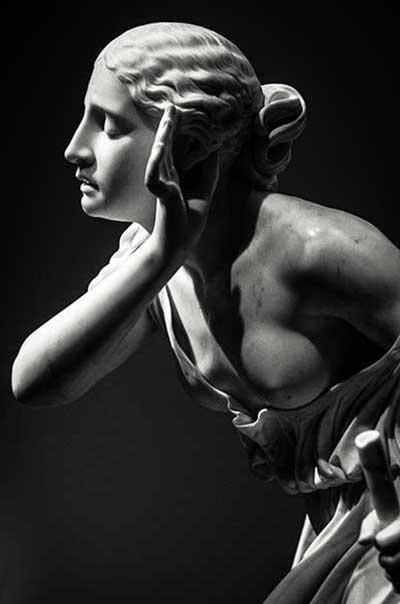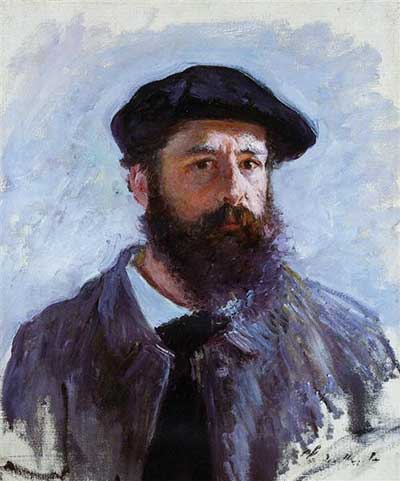
Licence Artwork:
Public domain
The Water Lilies Panorama of Claude Monet
If I am willing to write about Claude Monet, I must emphasize his Water Lilies Creations. As an impressionist, Claude Monet, 1840-1926, tended to fade out the details, blur the outlines and apply flowing, hazy performance. His works look calm, unfinished and indistinct, which lead us to a fanciful dreamy outcome.
One of Claude Monet’s priorities was using colors without assigning them to contours. He rejected the use of pure black color and abandoned dark backgrounds. As well as for shadows, he combined black with blue to implement dark purple, which functioned as a black shadow. By mixing the dark colors, he created murky effects instead of black. His refusal to use black had been so ascertained that his friends avoided the black coffin at his death funeral and covered him with flowered casket cloth, regarding Claude’s negative sensitivity to deal with dark colors. [1]
Boudin, the French landscape painter, met young Monet in a shop that sold his early works. He offered to take Monet to the countryside for painting lessons. Monet first refused politely but later found no excuse to reject and accompanied the painter, letting Boudin educate him. At that event, he became acquainted with the “En Plein Air” style to paint outdoors and gradually worked outside on large scale canvases which he had subsequently completed the paintings in his studio. [2]
Monet was fond of documenting nature, capturing landscape and leisurely scenes. He was fascinated by the panorama of flowers, water lilies and the pond’s mysterious beauty, passionately witnessing the reflections on water flow.
Claude Monet in Giverny & the Water Lilies
The weather alterations and light changes were Monet’s artistic considerations. He sought the effects of these changes on the landscape and painted the scenes that possessed different features behind the cloud, mist and rising smoke. Monet was interested in the landscapes with varying appearances under the sun, rain and other changing environments, displaying various properties by the passing seasons. He portrayed the change and the transformation of nature’s beauty.
Like some artists, by having a strict father opposed to his son’s artistic activities and a kind-hearted mother who secretly supported her child’s creative desires, Claude Monet grew up in intense family circumstances. He refused to pursue his father’s profession and entered the field of art with his perseverance and inner passion.
By Monet’s starting’s career, he could sell nothing and attempted once suicide desperately. The rejection of his works forced Monet to search the fellow impressionist artists such as Manet, Renoir, Pissaro, and Sisley. They became his friends, and all together, they exhibited their work in 1874 under the anonymous society of painters and sculptors. [3]
After years of hard work, Claude Monet succeeded at last and could gain a phenomenal achievement. He rented two acres of ground with orchards in Giverny, a village in Northern France. Later after his great fortune and fame, he bought the land, including the surrounding areas and a lily pond. This location became the subject of his famous works, the Water Lilies, the series of approximately 250 oil paintings. The whole field in Giverny, Monet’s home and gardens was granted in 1966 by his son to the French Academy of Fine Arts. [4]
Get more information on this overview page.
Text: Lalerou
© Copyright. All Rights Reserved
1-Claude Monet & Georges Clemenceau. (n.d.). Normandy Melody. Retrieved February 22, 2023, from https://www.normandy-melody.com/blog/claude-monet-georges-clemenceau/
2- Claude Monet. (n.d.). National Gallery of Art. Retrieved February 23, 2023, from https://www.nga.gov/collection/artist-info.1726.html
3- Claude Monet Paintings, Bio, Ideas. (n.d.). The Art Story. Retrieved February 24, 2023, from https://www.theartstory.org/artist/monet-claude/
4- Fondation Claude Monet | Giverny. (n.d.). Retrieved February 25, 2023, from https://fondation-monet.com/en/giverny/
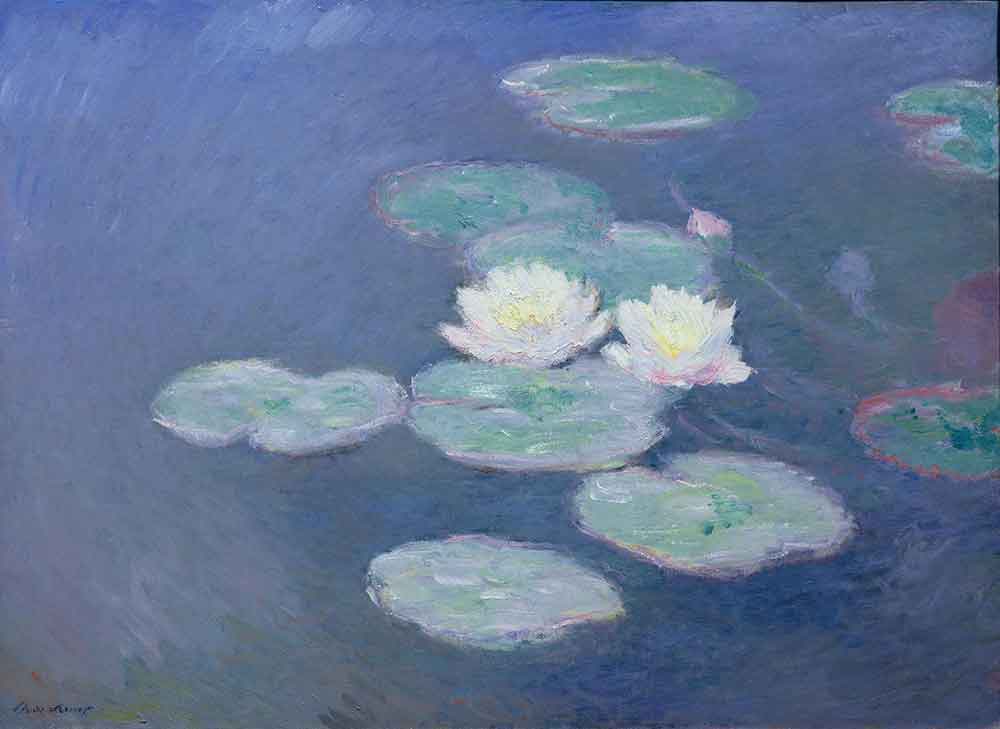
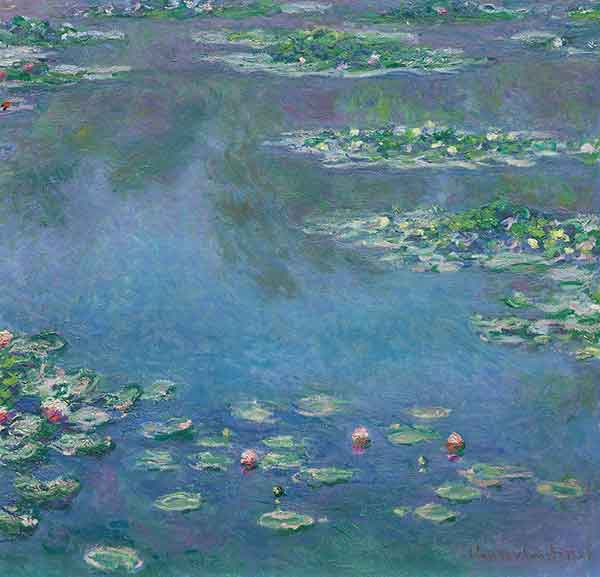
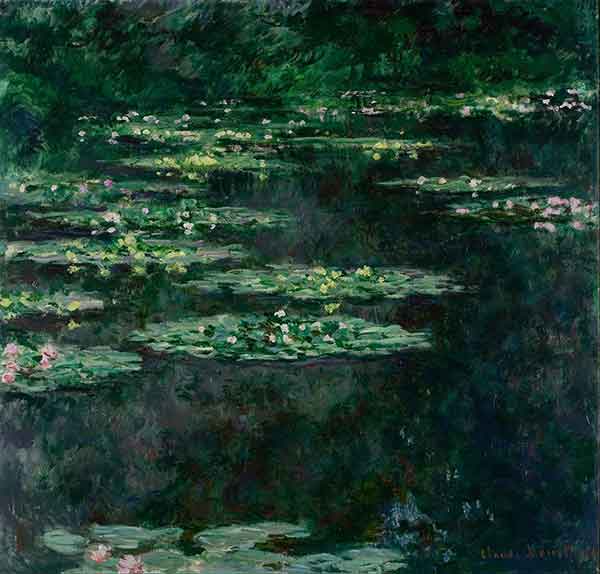
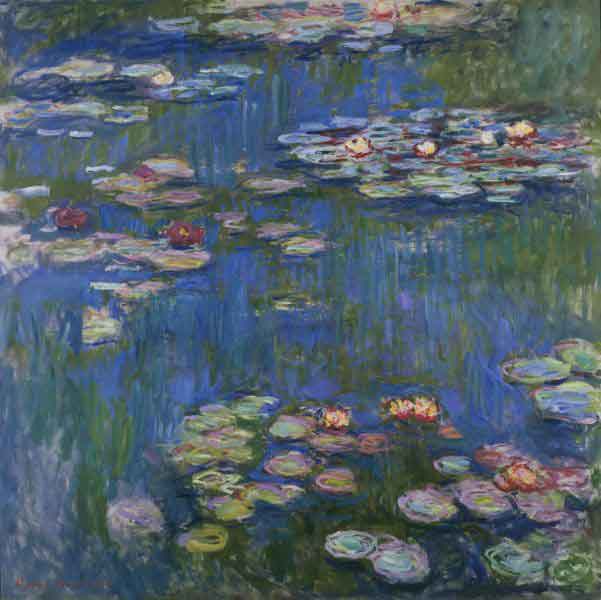
- Category: Modern Art Styles In Painting
Vintage
Vintage
Ornamental
